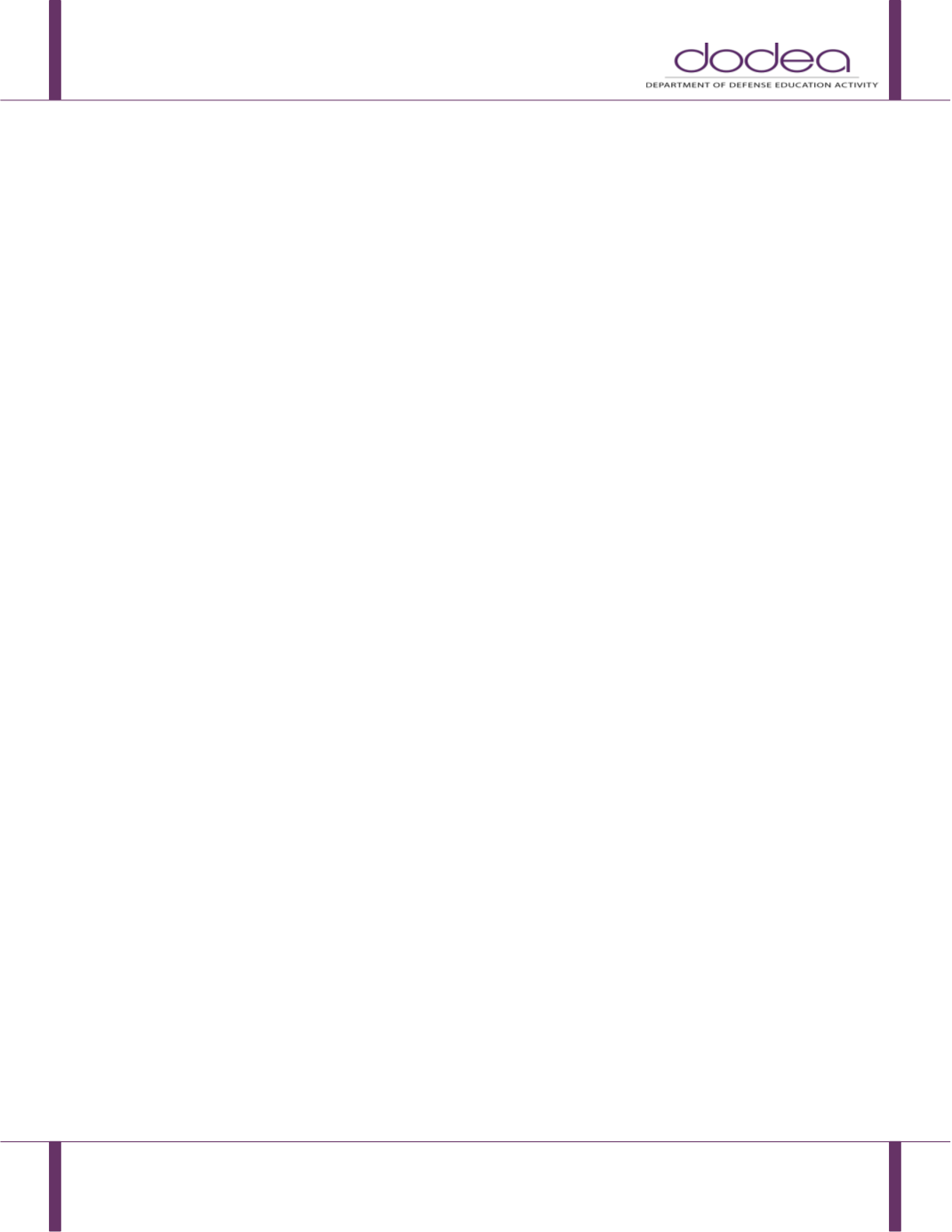

1342.12 Companion
July 12, 2017
Page 104
d)
A 4-6 Year Academic/Postsecondary Plan must be developed collaboratively between the CSC
and the school counselor to ensure that students participate to the greatest extent possible in
the general education program.
e)
A course exceptions must afford students with disabilities the opportunity to participate in
comparable and commensurate academic courses that are an acceptable substitution for the
required courses necessary to earn the standard diploma. Course exceptions can only be
considered after the CSC has provided the student with every opportunity to participate in
general education courses.
Transition Planning by Age Sixteen
CSC Considerations
The CSC considers the following components:
1.
Academic Learning
– Instruction in academic or functional skills courses that promote literacy in
reading, written language, math and technology.
2.
Career/Employment and Vocational Training
– Readiness and preparation for employment
including level of assistance needed and type of post-secondary training.
3.
Financial planning for current and future financial or economic needs
– Awareness of
educational/training programs, government assistance programs, and adult living needs.
4.
Living requirements following high school
– Arrangements from independent living to inclusion
in a supported apartment or group home.
5.
Vocational, Leisure and recreational interests and activities
.
6.
Social relationships
.
7.
Independent living skills
– Instruction in food preparation, self-care skills, personal financial
management, use of local public transportation and basic knowledge of legal services and
citizenship.
8.
Self-advocacy
– How to request assistance and modifications required for success in educational
and workplace settings, and how to contact local public and private advocacy groups for adults
with disabilities.
9.
Medical support and assistance
– Knowledge of how and when to access medical care, basic
health care, and qualifications for health care programs.
Transition Assessment
The CSC including the school counselor determines appropriate techniques to be utilized in the
assessment of transitional skills. Techniques may include curriculum inventories, informal
questionnaires, and criterion and/or norm referenced assessments. Standardized assessments require
parental permission.
A summary of assessments is written identifying skills, courses, and experiences necessary to prepare
the student for post-secondary transition. This information is addressed in the student’s IEP.
Vocational/Transition Services
The written summary of the transitional assessment is used to generate the following components of
the IEP identifying vocational education/transition services:
1.
The need for vocational education.
2.
The need for transitional services.
3.
A summary of student interests.
4.
Desired postsecondary outcomes and anticipated post-school setting.


















